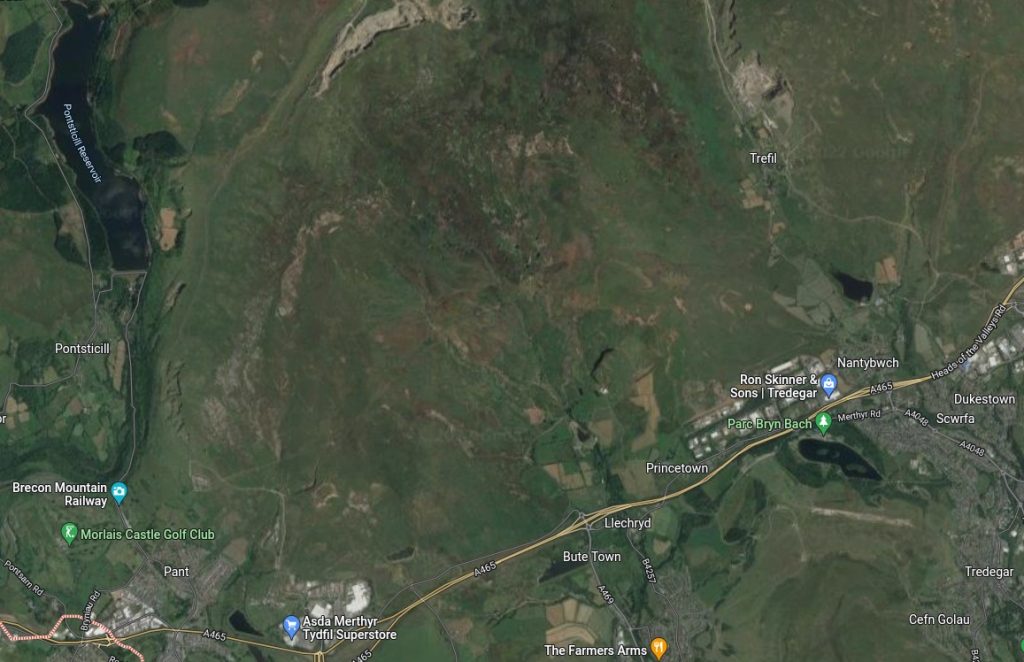PLANS for up to six wind turbines as high as 180m between Merthyr Tydfil and Rhymney have been rejected by a planning inspector because of the “unacceptable adverse impact” on Bannau Brycheiniog National Park.
The application was for up to six wind turbines with a maximum blade tip height of 180 metres and associated infrastructure on land north of the A465 Heads of the Valleys Road, north-west of Rhymney and north east of Merthyr Tydfil.

There had also been applications for the de-registration and exchange of common land at Gelligaer and Merthyr Common and for open trenching for underground cabling for grid connection with temporary fencing but these were refused by the inspector too.
The development included a capacity of 36MW (MegaWatts) and the application had been labelled a development of national significance (DNS).
Renewable energy projects of up to 50MW generating capacity are now decided by planning inspectors rather than by a minister and this also applies to secondary applications associated with a DNS.
The inspector Richard Jenkins said: “There is no doubt that the development would bring with it substantial benefits, principally in the form of a significant contribution towards renewable energy production.
“The fact that such benefits could be brought forward as soon as 2027 adds further weight to the proposals. The economic benefits are also weighty considerations.
But he added: “I have found that the development would have an unacceptable adverse impact on the surrounding landscape and, in particular the setting of the Bannau Brycheiniog National Park (BBNP).
“Indeed, the harm would be substantial and the development would fail to conserve or enhance the natural beauty of the BBNP.
“It would also cause material harm to the special qualities of the national park and would interfere with people’s enjoyment of the land subject of the designation.
“In balancing these impacts, I find that the harm to the national park to be a compelling consideration that outweighs the benefits that would be associated with a grant of planning permission.
“Indeed, despite the wider support for such proposals, I find that the development would conflict with policy 18(1) of Future Wales which states that proposals for renewable and low carbon energy projects qualifying as developments of national significance will be permitted where the proposal does not have an unacceptable adverse impact on the surrounding landscape, particularly on the setting of national parks and areas of outstanding natural beauty.
“Moreover, whilst ecological harms have been found to be policy compliant by reason of wholly exceptional circumstances, they nevertheless attract moderate weight against the scheme given the finding that the harm to landscape is sufficient to withhold planning permission and thus prevent the benefits of the scheme from being realised.”














